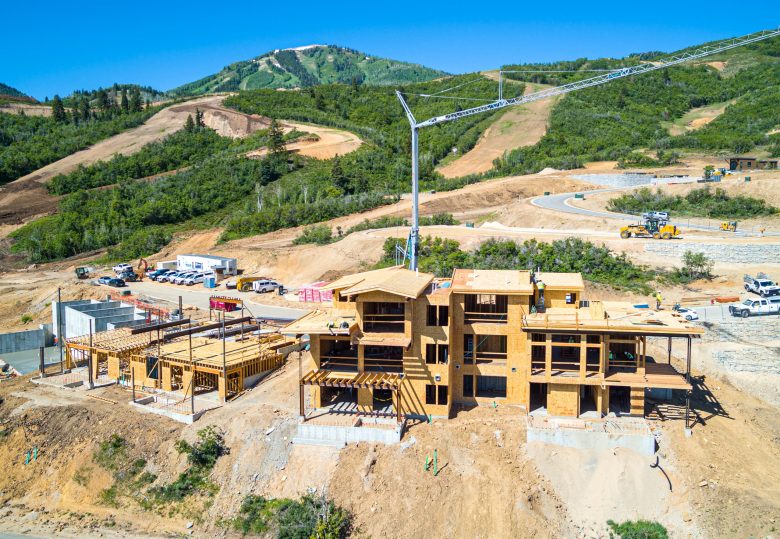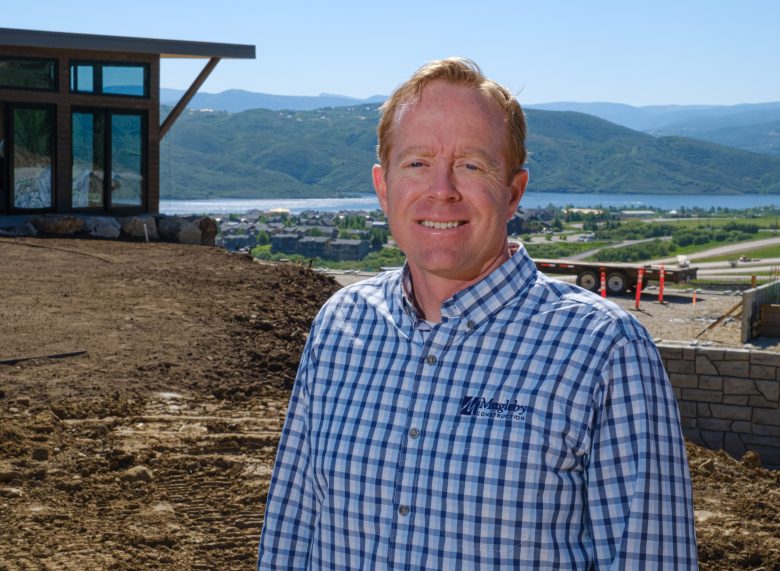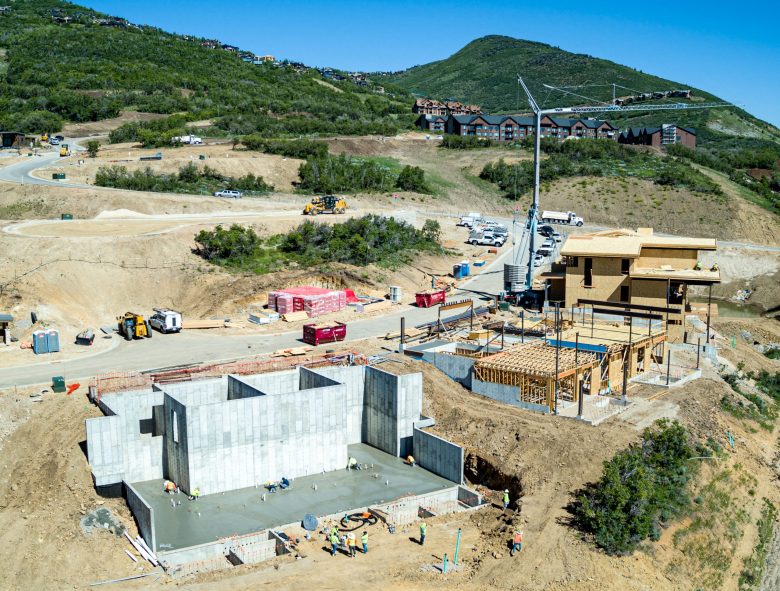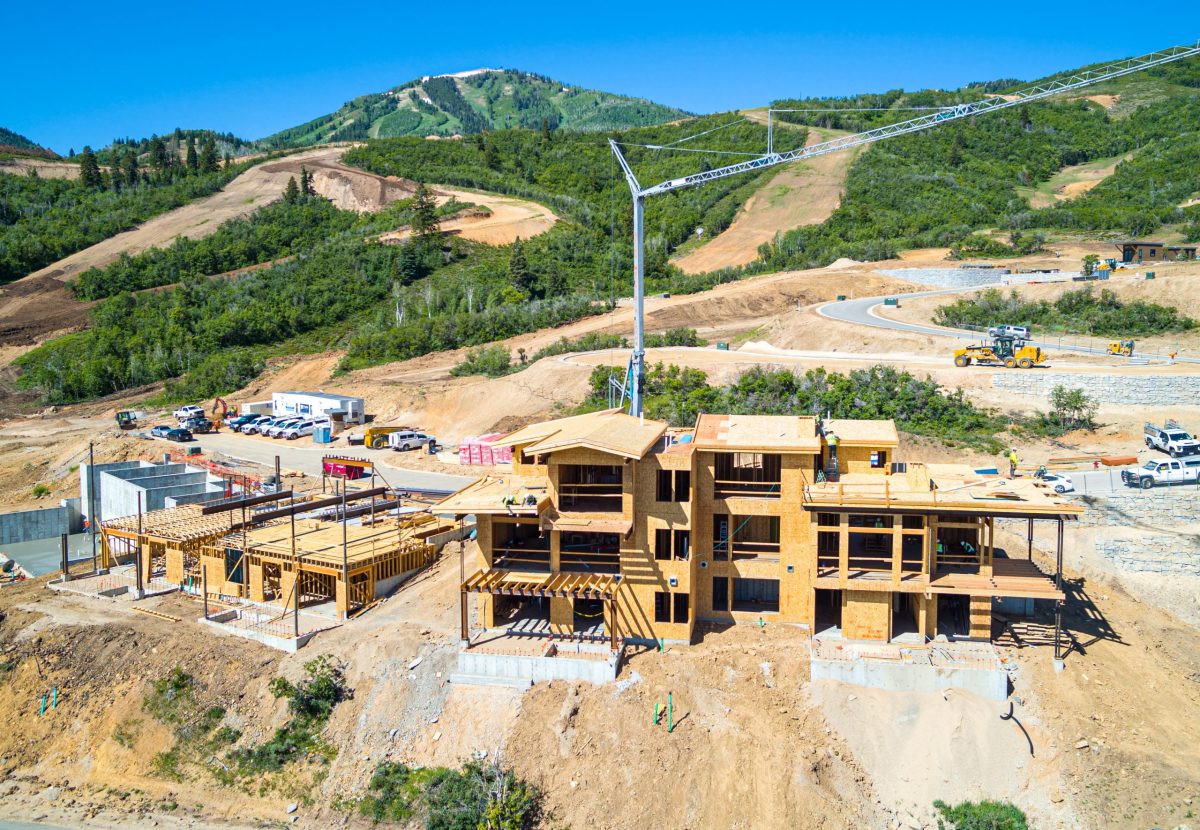
Chad Magleby sat in a small yet lush building overlooking the construction of the Velvaere community. Speaking aloud, he instructed an artificial intelligence device to adjust the lighting in the room and explained how the system could be used for other functions, including sound and temperature. In an interview with The Park Record, he discussed the housing development and what makes it unusual from his point of view.
The Wasatch and Summit County area is no stranger to upscale housing projects, multi-million-dollar homes and construction sites overlooking vast and enticing landscapes. Yet Velvaere still stands out.
While the community is slated to offer the luxury one might expect given its ski-in, ski-out location close to Deer Valley and its high-end developer, it is also set to include several private and community resources intended toward wellness, longevity and recovery.
“We’ve been blessed with clients that have let us help them push the envelope on what that built environment can do,” Magleby said. “We’ve had great exposure over the years to how the built environment affects our well-being and exposure to the latest technology and materials.”
A May 1 Magleby Development press release announced partnerships between the company and several other organizations. In it, Magleby was quoted as saying the collaboration would help in “laying the foundation, and setting a new standard, for the future of how we will live.”

The companies with which Magleby has partnered offer a variety of benefits to homes, from making internal lighting operate more as the sun would to allowing several aspects of the home to be controlled through artificial intelligence.
An earlier press release from the company stated that individual residences would have a sauna, a steam shower, a “cold/hot plunge” and the ability for residents to “have the option to elevate and further customize their sanctuary spaces with sensory upgrades,” one of the most significant being at-home halotherapy, a process that involves breathing in salt particles for benefits that the American Lung Association states on their website “could be more than just a placebo effect,” in individuals struggling with asthma or other lung diseases.
Velvaere’s community amenities take such wellness resources a step further, offering those who live in the development access to cryotherapy, a flotation pool, lymph drainage, IV therapy, biohacking and fitness training.
“It houses well-being modalities,” Magleby said about Velvaere’s community wellness center. “There’s also an opportunity for medical here. So, we’ve got hyper-wellness modalities of cryotherapy and hyperbaric chambers and red-light therapy. We could be doing acupuncture in there, IV therapies, things that definitely start to lean more into the medical-practitioner kind of field.”
Magleby also explained that Velvaere had recently partnered with Fountain Life, an organization that — according to its website — aims to “transform the current healthcare system into one that is both proactive and data-driven, enabling us to boost longevity and catch and treat illness earlier than ever before.”
Fountain Life — which comes at an annual fee of almost $20,000 not including its diagnostic test, which costs an additional $11,700 — as well as Velvaere’s community approaches to longevity and wellness have a steep financial cost.
Dedicated wellness spaces within homes, Magleby estimated, make up about 10% of the cost of a Velvaere residence, several of which are currently advertised on Velvaere’s website at a range of prices from about $2 million to $15 million.

“I think throughout history, there’s always been high-end markets that have to unlock certain technologies and advancements in product and design before it can become democratized,” Magleby said. “The products that we’re implementing in these homes are high-end products. They are designed for luxury homes and spaces.”
Magleby has found that one of the challenges of creating something he considers groundbreaking is noticing that people don’t initially understand what the project is about.
“It’s kind of like when the iPhone or the iPad was released by Apple. Everyone’s like, ‘what in the world do I do with this?'” he explained. “We’re trying to create something that people don’t know they want or need until they experience it and then they’re going to say, ‘I don’t know how I can live without this.'”

